Migrating is easier if you're rich.
That's the conclusion of the latest report from the UN's International Organization for Migration (IOM), the first such study since 2019.
In 2020, 18 of the top 20 countries of origin for migrants were wealthy and highly developed ones, up from only seven 25 years ago.
While we think of migration as something mostly involving asylum-seekers and labor migrants from low- and middle-income countries, the report shines a light on how much easier it is, for example, for a relatively rich EU citizen to move to another country within the Schengen area, than for anyone escaping conflict, famine or a natural disaster outside the bloc to find shelter somewhere other than their country of origin.
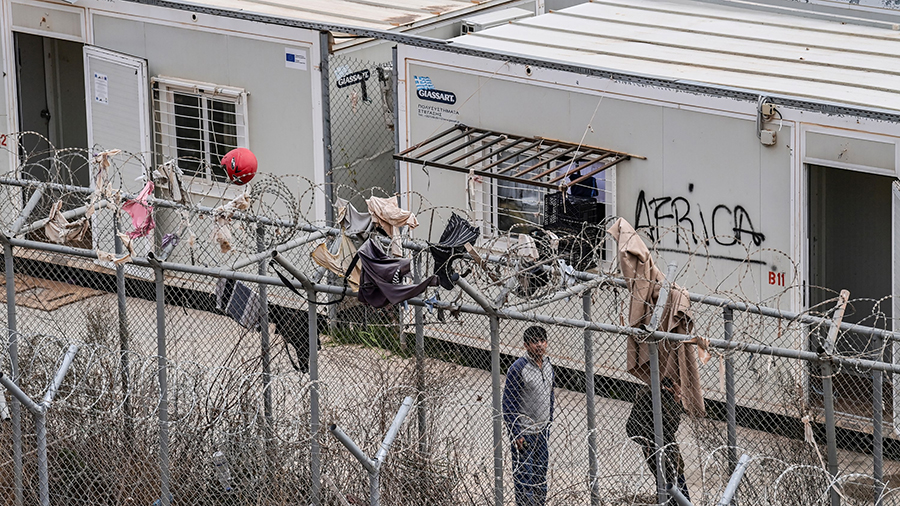
People are seen in the new center for migrants on the Greek island of Kos on November 27. /Aris Messinis/AFP
People are seen in the new center for migrants on the Greek island of Kos on November 27. /Aris Messinis/AFP
"We are at risk of an international mobility divide, with potential consequences for global inequality," Marie McAuliffe, head of the UN migration agency's research division and editor of its 2022 World Migration Report, told reporters.
The trend has been exacerbated by the pandemic, which has confined many potential international migrants to their country of origin, a tendency that has brought the number of internally displaced people to 55 million in 2020, up from 51 million in 2019.
Of these 55 million internally displaced people, 48 million fled conflict and violence and 7 million were uprooted by climate-related disasters.
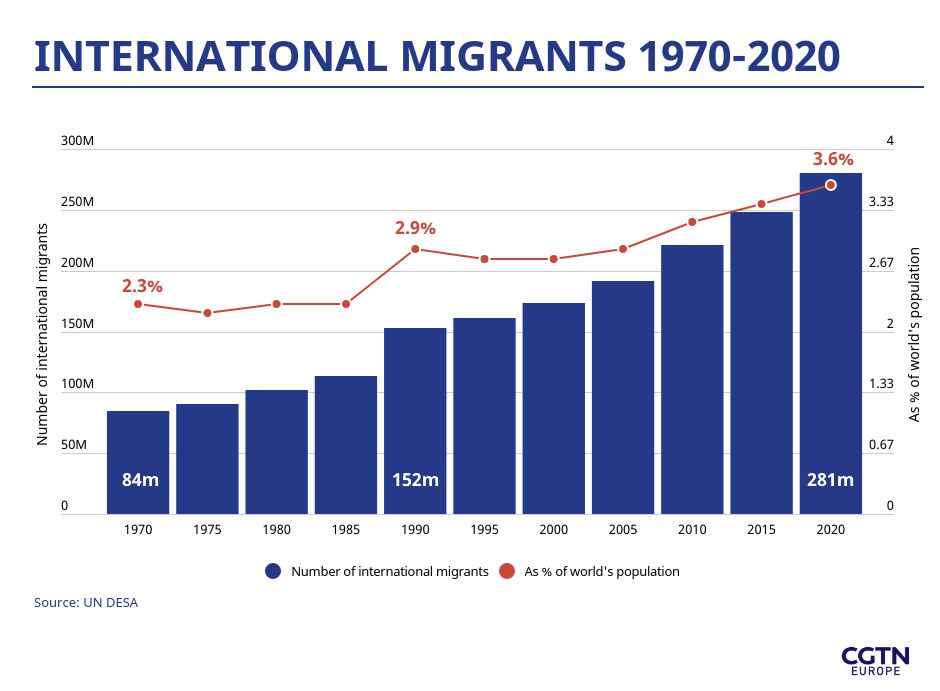
COVID-19: 'The great disrupter' of mobility
Since the pandemic began, there's little in the world on which the coronavirus outbreak has not had a major impact.
When it comes to migration, COVID-19 has been "the great disrupter," says the IOM report.
Over the past two years, there have been major and tragic events, with millions of people running away from conflict in Syria, Yemen, the Democratic Republic of the Congo and South Sudan, and millions also escaping political instability and poverty in countries including Afghanistan and Venezuela.
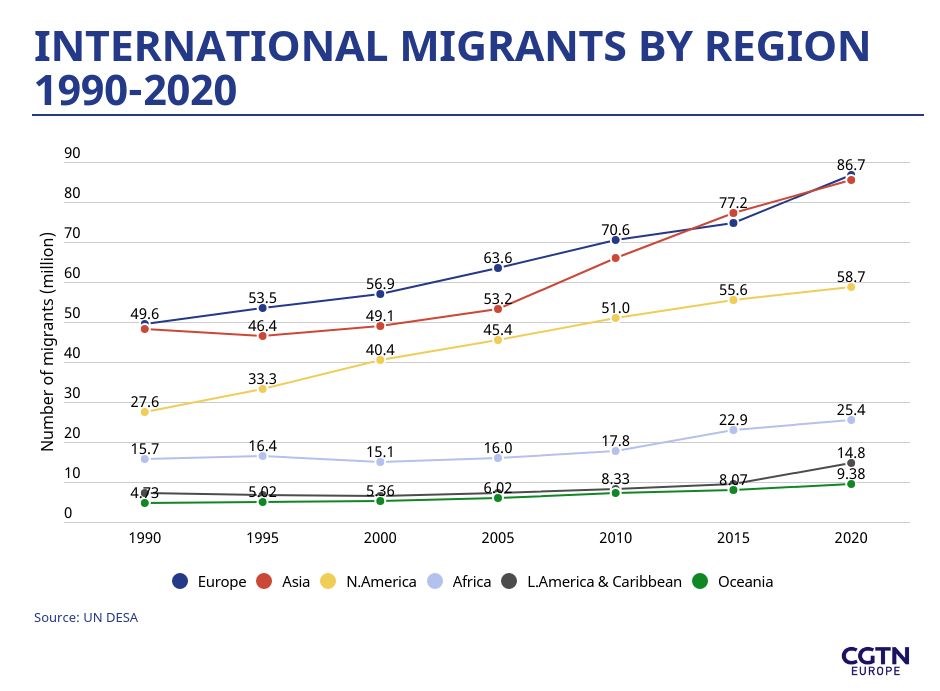
According to the latest estimates, there were around 281 million international migrants in the world in 2020 – 3.6 percent of the global population and three times more than the number reported in the 1970s.
Despite the rising number of migrants around the world, the pace of increase has stalled temporarily because of the pandemic.
COVID-19 has suppressed international mobility in a way that has profoundly impacted migration, leaving migrants stranded and helpless. According to the IMO's estimates, the number of international migrants in 2020 was 2 million short of pre-pandemic predictions.
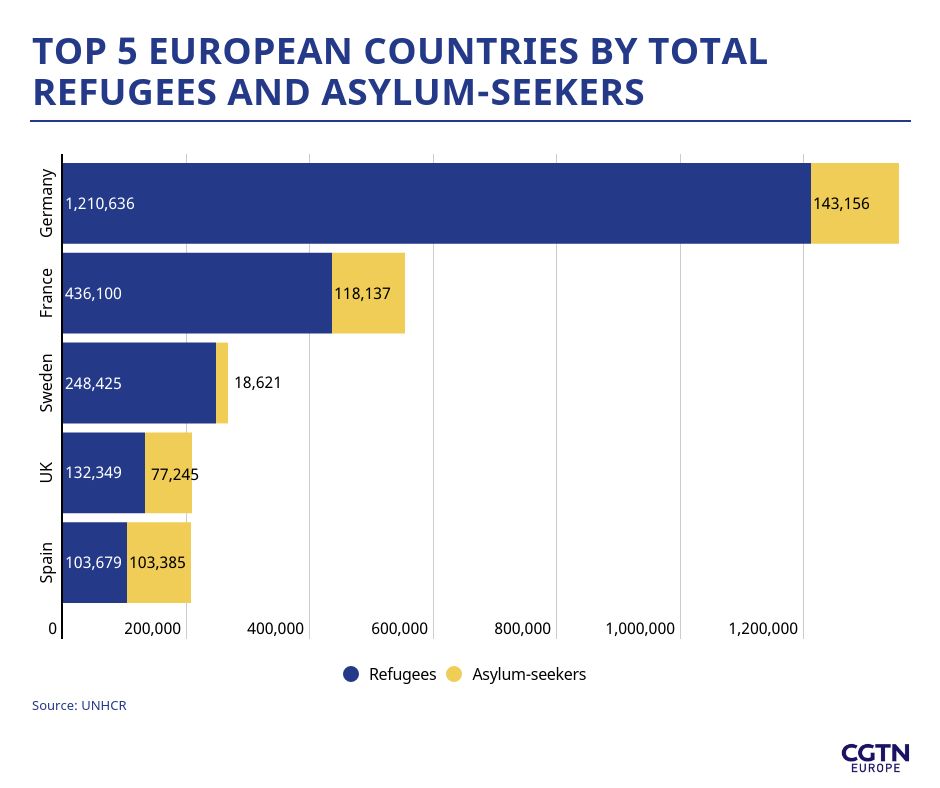
The impact of COVID-19 hasn't been on mobility alone: migrants who were already in their destination countries, especially those in low-skilled jobs, were disproportionately placed at risk of contracting the virus.
In the area analyzed by the IMO, the UN region of Europe was the largest destination for international migrants with 87 million, followed by Asia with 86 million, North America with 59 million and Africa with 25 million.
In Europe, Germany, France and Sweden were the top three destinations for migrants.
Migration routes remain deadly
International travel control measures and border closures, which peaked in spring 2020, have made it harder for migrants to move across countries.
Unsurprisingly, a decline in mobility and migration has been reflected in a decrease in the number of migrant deaths between 2019 and 2020.
But despite the overall decline, the number of deaths in the Mediterranean remains dramatically high.
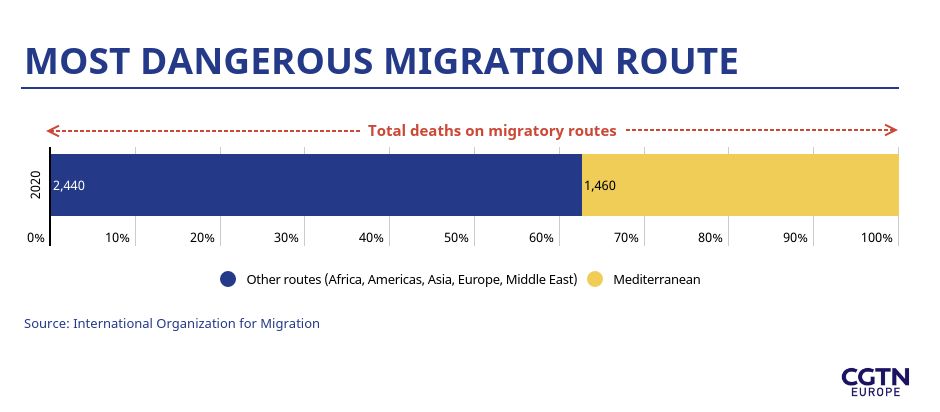
Between 2014 and 2020, the Mediterranean Sea has claimed the lives of more than 21,200 people – the highest known number of deaths during migration.
The rates of abuse and exploitation have also reached an all-time high on the Central Mediterranean migration route, the report says.
Cover image: REUTERS/Henry Nicholls/File Photo
Source(s): Reuters

